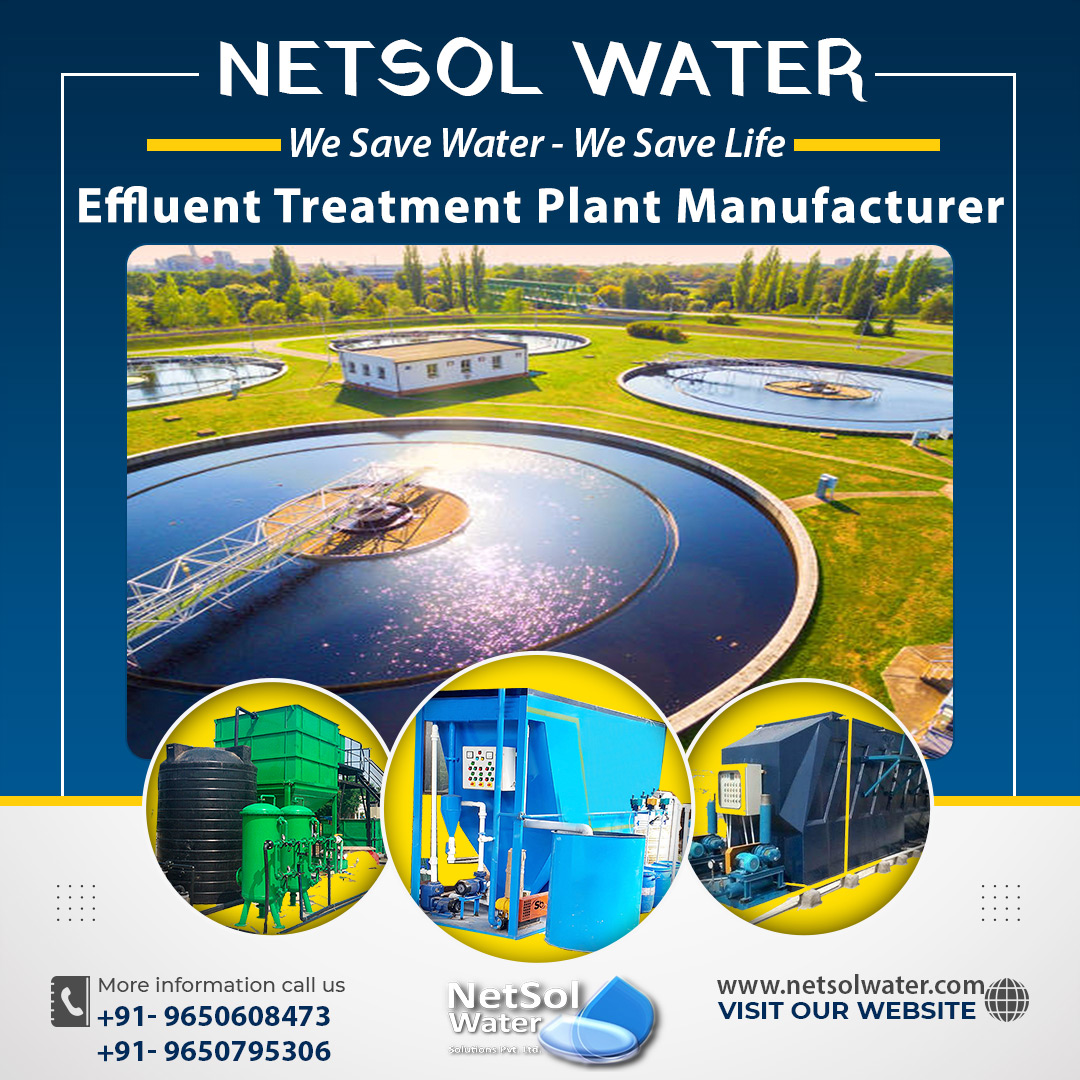How to reduce the Fix?ed Cost and Operating cost in an ETP Plant?
By cleaning and purifying wastewater before release, Effluent Treatment Plants (ETPs) are essential for reducing the negative effects of industrial activities on the environment. However, there may be large fixed and operational costs associated with running and maintaining ETPs. In addition to being financially advantageous, lowering these costs is crucial for sustainable business practises. We will examine numerous tactics to reduce both fixed and operational expenses in ETPs in this extensive guide.
Reducing Fixed Costs:
· Enhanced ETP Design
Making sure the ETP is properly constructed for the specific industrial processes it supports is the first step in reducing fixed costs. Systems that are too large or sophisticated can cost extra money in capital expenses. Work together with knowledgeable engineers and advisors to create an ETP that perfectly suits the requirements of your facility.
· Modular Structure:
Think about using a modular approach to design ETP. This permits scalability as your manufacturing capacity increases and phased adoption. You may spread out your fixed costs and prevent high upfront prices by investing in components gradually.
· Material Choice:
Make sure the building materials you choose strike a balance between affordability and toughness. While the original cost of stainless steel or other corrosion-resistant materials may be greater, long-term maintenance and replacement expenses may be lower.
· Energy-saving machinery:
Pick machinery, motors, and pumps that are energy-efficient. Although they can cost a little more up front, these can significantly reduce energy use and cut operational costs.
Reducing Operating Costs:
1.Efficiency in Energy:
Operating expenses in ETPs are significantly influenced by energy consumption. Implement energy-saving techniques like:
· Equipment should be cleaned and maintained on a regular basis to ensure maximum performance.
· Control motor speed with variable frequency drives (VFDs) to save energy.
· To reduce your electricity expenses, take into account renewable energy sources like solar panels.
2.Improve Chemical Use:
ETPs frequently use chemicals for pH modification, pH coagulation, and flocculation. To reduce the price of chemicals:
· Analyse the quality of the water on a regular basis to precisely alter chemical dosages.
· Investigate substitute chemicals or treatment techniques that need less additives.
· To lessen the requirement for fresh water and chemicals, think about reusing treated effluent water inside the facility.
3.Effective Maintenance:
To avoid malfunctions and increase the lifespan of your equipment, create a proactive maintenance strategy. Important upkeep procedures include:
· Pump and motor lubrication, alignment, and inspection.
· Filters and membranes need occasionally be cleaned or replaced.
· Ensuring reliable readings by routinely calibrating sensors and monitoring apparatus.
4.Monitoring and automation
To automate and enhance ETP operations, spend money on cutting-edge control systems and sensors. Automation can improve efficiency and lower labour expenses by
· Providing decision-makers with real-time data.
· Modifying treatment procedures automatically in response to influent water quality.
· Putting in place remote monitoring and control for prompt issue resolution.
5.Sludge Management
Sludge management must be done correctly to reduce disposal expenses. Take into account these tactics:
· To reduce the volume and associated expenses of sludge disposal, dewater it first.
· Investigate possibilities for resource recovery or reuse from sludge, such as biogas production.
6.Learning and Development of Skills:
Staff that have received proper training can manage the ETP more effectively. Provide operators with ongoing training and skill-development opportunities to keep them knowledgeable about the newest techniques and technologies.
7.Continual auditing and improvement
Identify inefficiencies and potential areas for improvement by conducting routine audits of ETP operations. Work with consultants or specialists to enhance the healing process and gradually cut operating expenses.
8.Reusing and Recycling Water
Implement systems for the facility that recycle and reuse water. The demand for fresh water can be decreased and operating costs can be decreased by reusing treated effluent water for non-potable purposes like cooling or irrigation.
9.Monitoring for Compliance:
To prevent fines and penalties, strictly adhere to the regulations. To make sure the ETP remains compliant, keep an eye on the effluent quality on a regular basis and stay informed about changing rules.
Conclusion:
Effluent Treatment Plants are necessary for ethical business practises and environmental preservation. It shows a commitment to sustainability to reduce fixed and operating costs in addition to helping the bottom line. ETPs can improve in cost-effectiveness and environmental friendliness by focusing on energy efficiency, optimising design, and putting in place smart management techniques. These tactics will not only help your business but also create a future that is cleaner and more sustainable for everyone.




